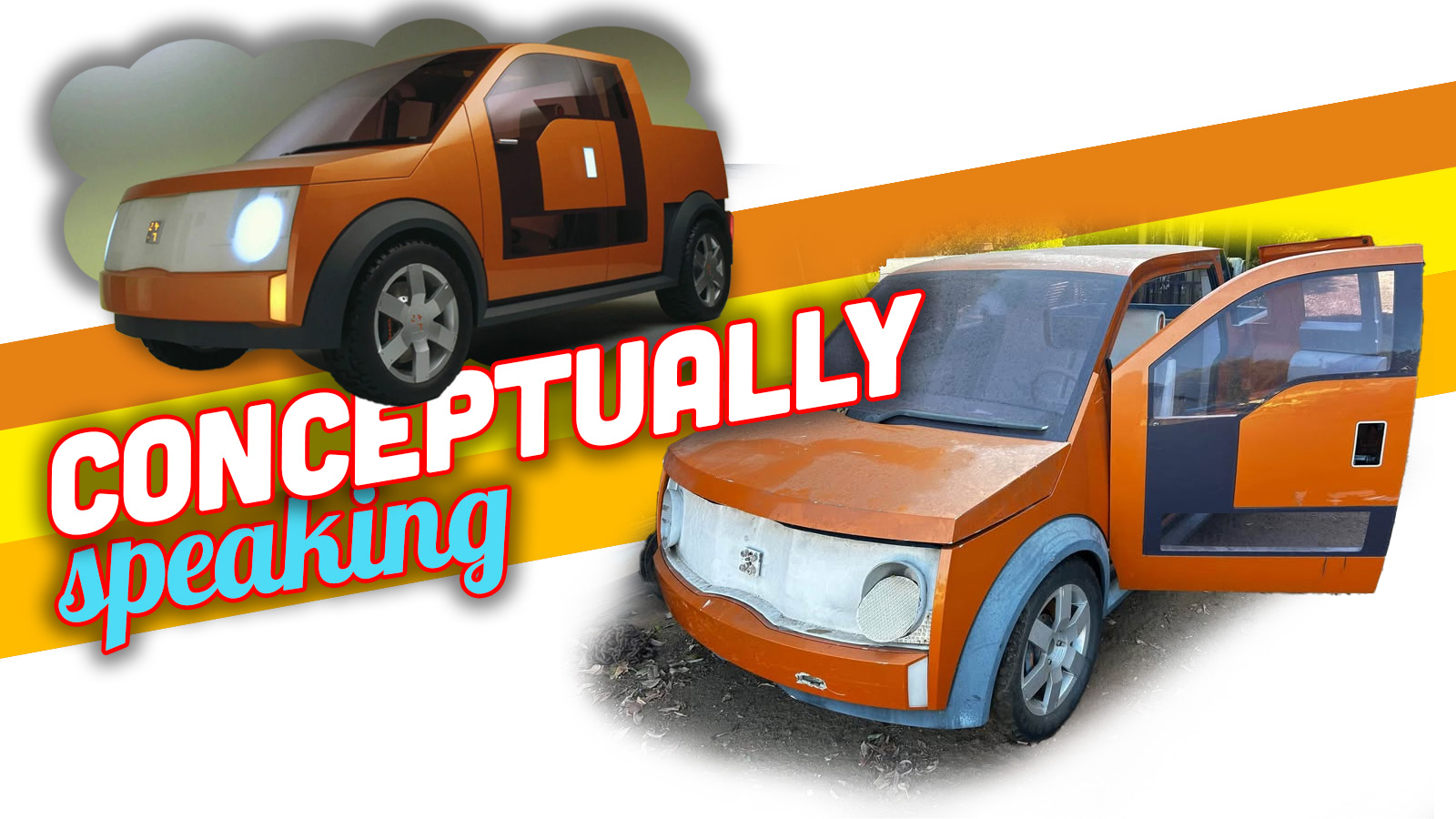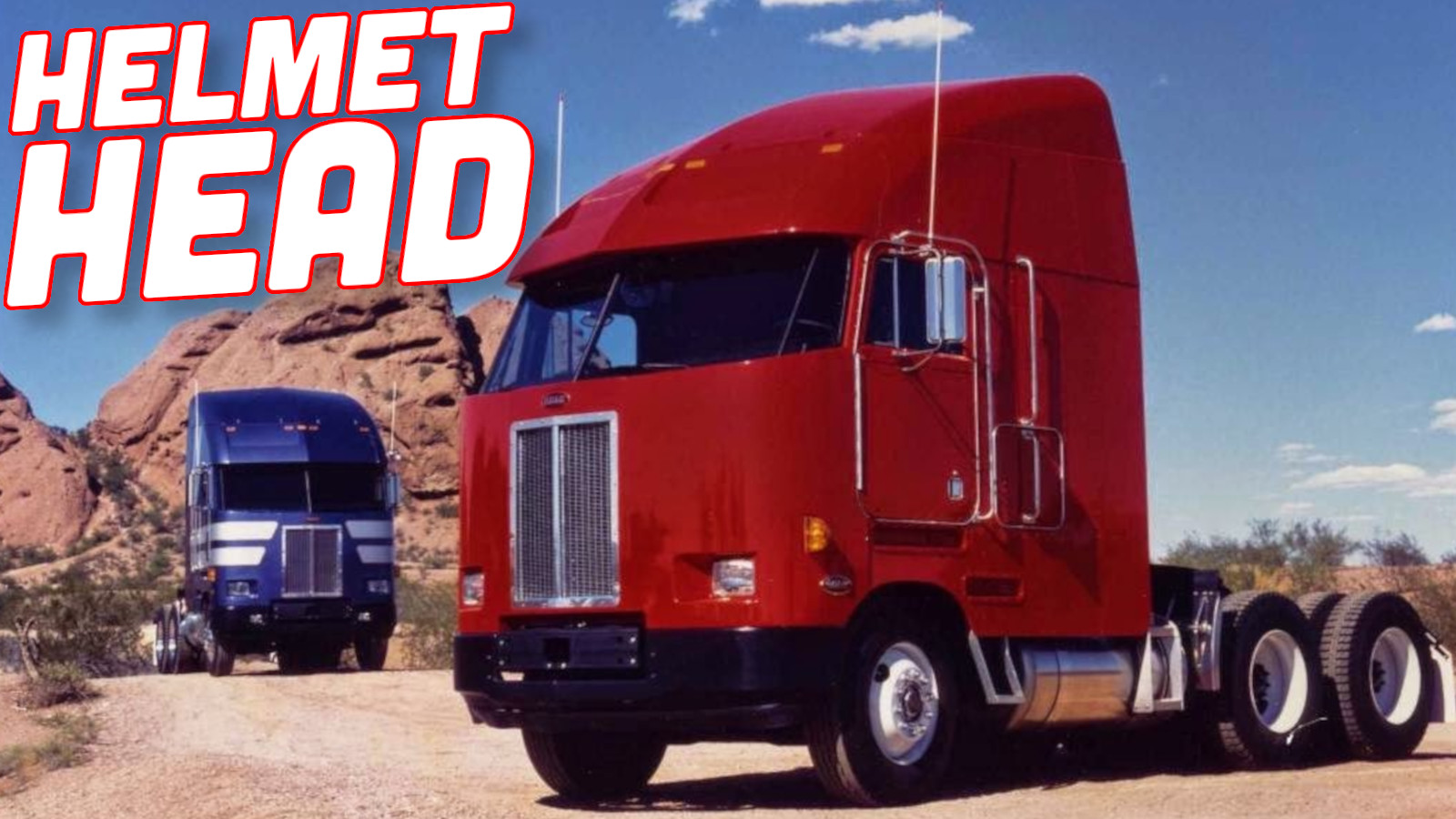In the US, Mitsubishi is known for having a somewhat aging lineup. Head over to Asia, though, and the situation is even more geriatric. In foreign markets, the Japanese automaker is still selling vans that first entered production over 45 years ago.
We usually see automakers turning over models on a five-to-seven year timeframe. Some last a little longer, some less so. Generally, change is driven by sales. Customers tend to grow weary of a model as it grows older, with its look and interior becoming dated and its technology failing to compete with rivals in the marketplace. And yet, every so often, a vehicle comes along that lasts much longer, with production stretching for decades as the rest of the world moves on.
Enter the Mitsubishi Delica, a van that’s proven popular for both work and play. The fifth-generation Delica is the most recent model, having first been introduced in 2007. At eighteen years old, it’s getting pretty long in the tooth. But head around Asia, and you’ll find something even more shocking. Mitsubishi is still producing Delica vans that first entered production all the way back in 1979, with no signs of stopping yet!

The Taiwan Situation
“30 years of dominance.” That’s what you’ll read if you head over to the website of Mitsubishi Motors Taiwan, speaking to the long and successful run of the Mitsubishi Delica. In truth, though, the van is much closer to approaching its fortieth birthday. That’s because the Delica on sale in Taiwan was first introduced in 1986.
Where the rest of the world saw all-new Delicas introduced in 1994 and 2007, things went a little differently in Taiwan. That’s because the nation hosts its own automotive manufacturer—China Motor Corporation (CMC).


If you’re confused as to the name of China Motor Corporation, it’s rooted in the history of Taiwan itself. Most specifically, the island is known as Taiwan, while the nation state itself is formally known as the Republic of China (ROC). This dates back to 1949, when the Republic of China government used to rule both Taiwan and what we now refer to as mainland China. From 1927, a civil war raged between that government and communist forces, which culminated in 1949, when the People’s Republic of China government expelled the ROC government from the mainland. The ROC then effectively moved itself to the island of Taiwan, which was still under its control. 20 years later, when automotive manufacturing was established, the Republic of China name was still in common use, and hence the China Motor Corporation was formed.
In 1970, CMC signed a technology sharing agreement with Mitsubishi. This arrangement saw CMC producing Mitsubishi vehicles for the local market, oftentimes tweaked to suit local tastes and conditions. After Mitsubishi introduced the third-generation Delica in 1986, CMC would begin producing cargo versions of the model in 1991.

The third-generation Delica is an easy spot, because it’s so out of date compared to modern vehicles. The original van debuted in the 80s with a simple slab-sided body with a blunt nose. CMC has refreshed the design over the years, but there’s only so much you can do with a box on wheels. One revision in the mid-2000s saw the Delica get a chrome fasica that looked more fitting for a 1990s Japanese luxury sedan.
Today, the CMC-built Delica wears a black plastic bumper that gives it a Predator-like visage up front. The result of a 2019 facelift, it’s vaguely similar to what you see on modern Mitsubishi vans in other markets. You can get it body colored, too, but only on certain models. The look is further modernized thanks to the new, more angular headlight design. However, it’s still unmistakably a third-generation Delica at heart. You can tell by the downward swoop of the window line on the front doors, and the body lines for the sliding door on the side.




As for powertrains, the Delica is currently sold in Taiwan with the 4G69 four-cylinder engine. It’s good for 133 horsepower and 147 pound-feet of torque. It’s not a powerful engine, and only achieves around 20 to 23 mpg, depending on the vehicle’s exact configuration. It’s paired with either a four speed automatic or six speed manual. Notably, the Delica is also available in two main bodystyles—either a fully-enclosed van, or a cab-chassis truck.
Despite the model’s ancient origins, interior appointments are vaguely up to date. I say vaguely, because Mitsubishi Motors Taiwan lists the vehicle as having a Bluetooth audio system that can also handle MP3 and WMA files. I don’t even think Microsoft remembers WMA files, but this obscure arm of Mitsubishi apparently does.


While it’s lacking a proper infotainment system, the Taiwanese Delica has most of the usual equipment you’d expect on a vehicle built in 2025. You can get air conditioning, power windows, and audio buttons on the steering wheel if you so fancy it. It also comes with tire pressure monitors, stability control, automatic emergency braking, hill start assist, daytime running lights, and dual airbags—all features that were completely alien back in 1986.
Notably, CMC wasn’t the only outfit churning out third-generation Delicas for an excessively long period of time. Mitsubishi itself had introduced the fourth-generation Delica in 1994, but kept the old generation in production for export markets until 2013. Soueast Motors of mainland China also built the model from 1996 to 2013, giving it a truly hideous front end with massive headlights. Hyundai built the model, too, producing it under license from 1986 to 2004 in Korea. It’s proven remarkably long-lived, but nowhere else so much as Taiwan, where it’s still built to this day.

Even Older
The third-generation model is old, but not the oldest. You don’t have to head far south from Taiwan to run into even older Delicas that are still coming off the production line in 2025.
The second-generation Delica first entered production in 1979. It debuted as a relatively conventional van, with round headlights and a simple, slightly blob-like design. It could be had in passenger or cargo form, and could also be had with four-wheel-drive for those looking to adventure off-road. In this way, it set the trend for many Delicas to come. It would get a facelift in 1983, switching to square headlights and introducing other minor visual updates.


Mitsubishi was a well-established Japanese automaker at this time, and it didn’t limit production to its home country, having already established factories all over the world. In 1981, Mitsubishi would see fit to put the model into production in Indonesia. Then, in 1987, after the third-generation model was launched, it started up a production line for the second-gen Delica over in the Philippines. Indonesian production would eventually come to a halt in 2022, with the model instead imported from the Philippines. According to company documents, however, Indonesian production began again in the company’s West Java factory in 2023.
In Indonesia, it’s sold as a work vehicle named the “Colt L300,” while in the Philippines, it’s known simply as the L300. Neither country sells the vehicle under the Delica name. The second-generation Delica is easy to spot, just by virtue of how old it really is. The design is even more basic than the third-generation model. The main tell is the doors, with the flat-bottomed cutouts for the driver and passenger windows.
There have been multiple facelifts over the years, the most recent of which happened in 2019. Regardless, the examples currently produced in Indonesia and the Philippines still stand out from more modern traffic. The front grille has been updated with sleek chrome bars and the three-diamond logo, but the headlights and marker lamps are still virtually unchanged from the 1979 model.



In Indonesia, only a pickup tray or cab chassis is available. The classic van body style is no longer available, and hasn’t been for some time. Instead, it’s sold more as an out-and-out truck.
Meanwhile, in the Philippines, a whole range of body styles are available. These are designed to allow businesses to buy the vehicle they need in a spec that’s as close to ready to go as possible. It’s possible to buy an L300 with a dropside tray, a public transport version with seating in the rear, or even a refrigerated version for cold transport, among others. The largest variants seat up to 17.



Inside, though, it’s like a time portal back to 1979. While the dash cluster has been updated to a mid-2000s level of sophistication, just about everything else is as it was 46 years ago. Jump in a Colt L300, and it’s like the last few decades never happened. You get crank windows, a twist-and-pull parking brake, and an old-school thin-rimmed steering wheel with chunky horn buttons. Forget bucket seats, too—a classic bench is all you get.
As for the engine, both markets get the Mitsubishi 4N14. It’s a 2.2-liter direct-injection common-rail diesel, good for 99 horsepower and 147 pound-feet of torque. The only transmission on offer is a five-speed manual. Emissions-wise, it meets Euro 4 standards—not extremely dirty, but not particularly clean either.

Hanging On
It’s usually working vehicles that remain in production for many decades at a time. Average consumers buying passenger vehicles are far more sensitive to things like style and available amenities. When it comes to trucks and vans, things like cargo capacity and tow ratings are far more relevant than what the vehicle looks like or whether it appears “new.” It’s also the case that third-party licensed manufacturers tend to keep things in production longer than the original manufacturers themselves. No surprise, given they tend to have shallower pockets, and paying for R&D or to license a new model can be a costly affair. They also tend to sell in more isolated markets where there isn’t the same competition or consumer demand for regular model updates.
In any case, Mitsubishi’s boring old van continues to be boring and continues to get the job done. Unless that changes, it’s likely to keep selling for some time yet—and factories across Asia will keep them coming.








I LOVE the most recent facelift of the L300, it’s exactly the right amount of bling with pleasing shapes. I love that it’s not trying too hard to be modern, it’s just trying to look good, and it does look good. The Taiwanese version just looks insecure about how old it is, so it got botched plastic surgery, and now it’s insecure about that too.